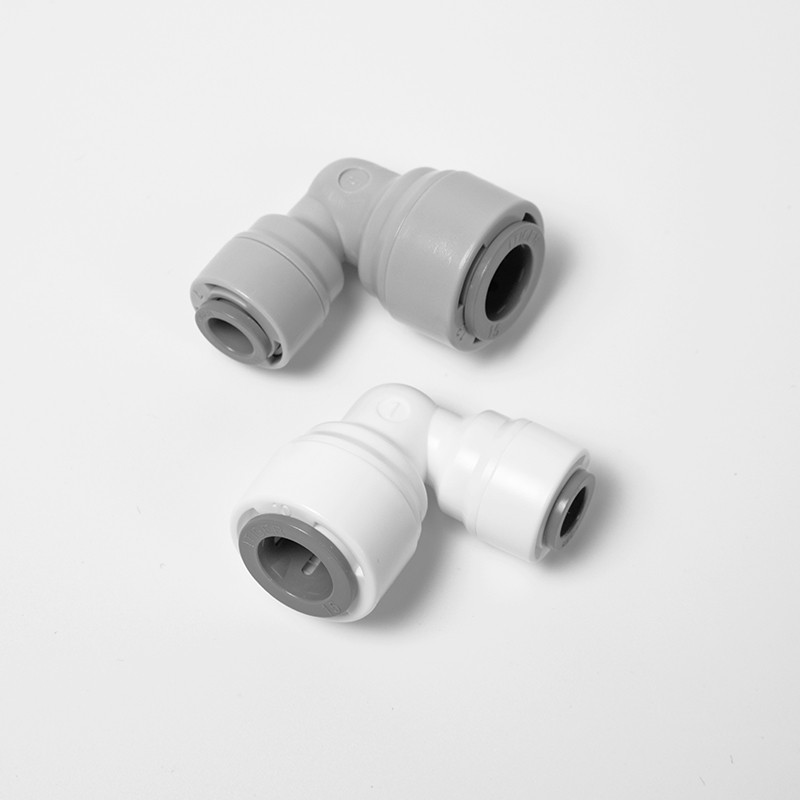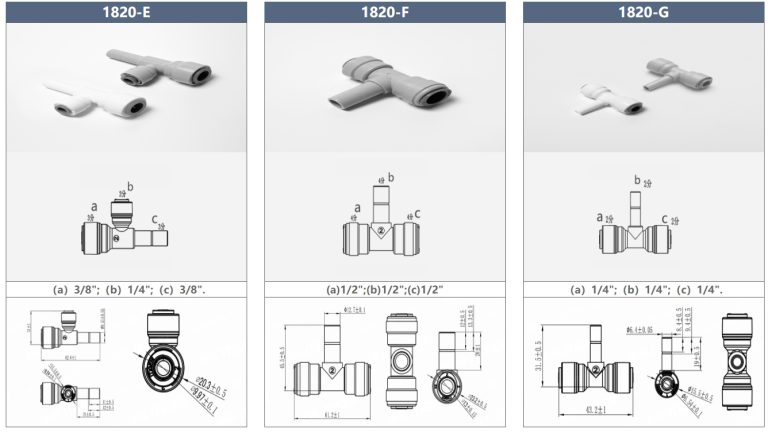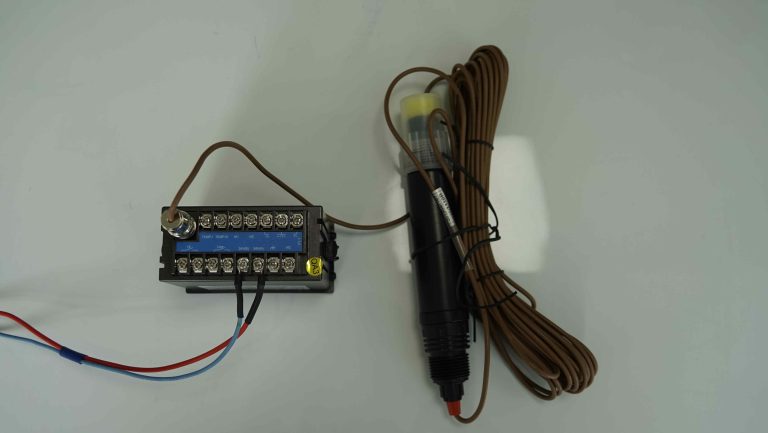Secure your electrical system with PVC conduit – no glue required.
Table of Contents
Pros and Cons of Gluing PVC Conduit
PVC conduit is a popular choice for protecting electrical wiring in residential and commercial buildings. It is lightweight, durable, and easy to work with, making it a preferred option for many electricians and DIY enthusiasts. One common question that arises when working with PVC conduit is whether or not it needs to be glued. In this article, we will explore the pros and cons of gluing PVC conduit to help you make an informed decision.
First and foremost, it is important to understand the purpose of gluing PVC conduit. Gluing PVC conduit is not always necessary, but it can provide added security and stability to the installation. When PVC conduit is glued together, it creates a strong bond that helps prevent the conduit from coming apart or shifting over time. This can be especially important in areas where the conduit is exposed to high levels of vibration or movement.

One of the main advantages of gluing PVC conduit is that it helps create a watertight seal. When PVC conduit is properly glued together, it forms a tight seal that prevents water from seeping into the conduit and potentially causing damage to the electrical wiring inside. This can be particularly important in outdoor installations or in areas where the conduit is exposed to moisture.
Another benefit of gluing PVC conduit is that it helps maintain the integrity of the installation. When PVC conduit is glued together, it creates a solid and secure connection that is less likely to come apart or shift over time. This can help prevent issues such as sagging or misalignment, which can impact the overall performance of the electrical system.
On the other hand, there are some drawbacks to gluing PVC conduit. One of the main disadvantages is that once PVC conduit is glued together, it can be difficult to make changes or modifications to the installation. If you need to add or remove sections of conduit, you may need to cut and replace the glued joints, which can be time-consuming and costly.
Additionally, gluing PVC conduit can be messy and time-consuming. The process of applying PVC cement and joining the conduit together can be labor-intensive, especially if you are working with a large installation. This can add time and complexity to the project, which may not be necessary in all cases.
In conclusion, the decision to glue PVC conduit ultimately depends on the specific requirements of your installation. While gluing PVC conduit can provide added security and stability, it is not always necessary and may not be the best option for every situation. Before deciding whether or not to glue PVC conduit, consider the specific needs of your installation and weigh the pros and cons carefully. Ultimately, the goal is to create a safe and reliable electrical system, and the method you choose for joining PVC conduit should support that goal.
Step-by-Step Guide to Properly Gluing PVC Conduit
PVC conduit is a popular choice for protecting electrical wiring in residential and commercial buildings. It is durable, affordable, and easy to work with. One common question that arises when working with PVC conduit is whether or not it needs to be glued. The short answer is yes, PVC conduit should be glued to ensure a secure and watertight connection. In this article, we will provide a step-by-step guide to properly gluing PVC conduit to help you achieve a professional and reliable installation.
The first step in gluing PVC conduit is to gather all the necessary materials and tools. You will need PVC conduit, PVC cement, a clean rag, and a PVC pipe cutter or hacksaw. It is important to use the correct type of PVC cement for the job, as different cements are designed for different applications. Make sure to read the label on the cement to ensure it is suitable for use with PVC conduit.
| Model | Tube(a) | Stem(b) |
|---|---|---|
| 1801-A | 1/4 | 1/4 |
| 1801-C | 1/4 | 3/32 |
Once you have all your materials and tools ready, the next step is to prepare the PVC conduit for gluing. Start by cutting the conduit to the desired length using a PVC pipe cutter or hacksaw. Make sure to cut the conduit as straight as possible to ensure a proper fit when connecting multiple pieces together. After cutting the conduit, use a clean rag to remove any dirt, debris, or oil from the surface of the conduit. This will help the cement adhere properly and create a strong bond.
With the conduit prepared, it is time to apply the PVC cement. Start by applying a generous amount of cement to the outside of the conduit where the joint will be made. Be sure to apply the cement evenly and cover the entire surface that will be in contact with the other piece of conduit. Next, apply a thin layer of cement to the inside of the fitting that will be connected to the conduit. This will help create a watertight seal and prevent leaks.
After applying the cement, quickly insert the conduit into the fitting and twist it slightly to ensure a proper bond. Hold the pieces together for a few seconds to allow the cement to set. It is important to work quickly when gluing PVC conduit, as the cement sets rapidly and creates a strong bond within minutes. Once the joint is made, wipe away any excess cement with a clean rag to create a clean and professional finish.
In conclusion, gluing PVC conduit is an essential step in creating a secure and watertight electrical installation. By following the steps outlined in this article, you can ensure that your PVC conduit is properly glued and will provide reliable protection for your electrical wiring. Remember to use the correct materials and tools, prepare the conduit properly, and work quickly to achieve a professional and durable connection. With proper gluing techniques, you can have confidence in the safety and longevity of your PVC conduit installation.



